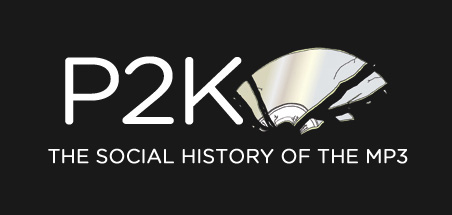The Social History of the MP3
The Social History of the MP3 is a Pitchfork article that puts MP3s in the context of previous technological revolutions. It’s full of interesting nuggets:
When radio came along, its broadcasts created communities of music-listening strangers, physically distant from each other but connected through the knowledge that they were listening to the same song at the same time. Where radio brought listeners together as a listening public, the LP started splitting them apart. The LP and 45 rpm formats took the phonograph, which had been in existence for over half a century, to the masses, right as the American middle-class was going suburban and privatizing their lives. We could then use musical objects like we’d been using literature and art for centuries prior: as collectibles, and signifiers of personal taste. The emergence of the cassette–the first sturdy, re-writeable music technology– allowed us to “manufacture” our own music in the privacy of our own homes and recirculate it at our will, through mixtape trading and full-album dubbing.
How the telegraph created commodity futures:
Weirdly enough, this particular effect of mp3s and peer-to-peer networks– that information travels much faster than physical goods– most closely resembles that of the telegraph on the 19th century commodity markets. Before that innovation– the Internet’s great-grandfather– individual markets based in major cities were separated by hundreds of miles, and goods could only travel as fast as railroads could take them. Yet because information about crop conditions could travel via telegraph exponentially faster than the actual crops, the exchange of money for physical commodities was largely replaced by a futures market, based on what would happen.
On the pace of online music
The ideal would have been that a new network of independent music lovers would have elevated different types of music, or even found new ones, the way nascent rock’n'roll, honky tonk, bluegrass, and R&B benefited thanks to the 45. But online, new genres risk being strangled in the crib before anyone knows they exist, and people are “done” with new albums before the cover art has been approved.
Thanks to Noah for the link. Also, for those of you who have Spotify, I can warmly recommend Pitchfork’s 500 Best Songs of the 2000s playlist.

![Reblog this post [with Zemanta]](http://img.zemanta.com/reblog_e.png?x-id=ce8ad3d1-5f72-4aa6-a959-510f22eeff87)
